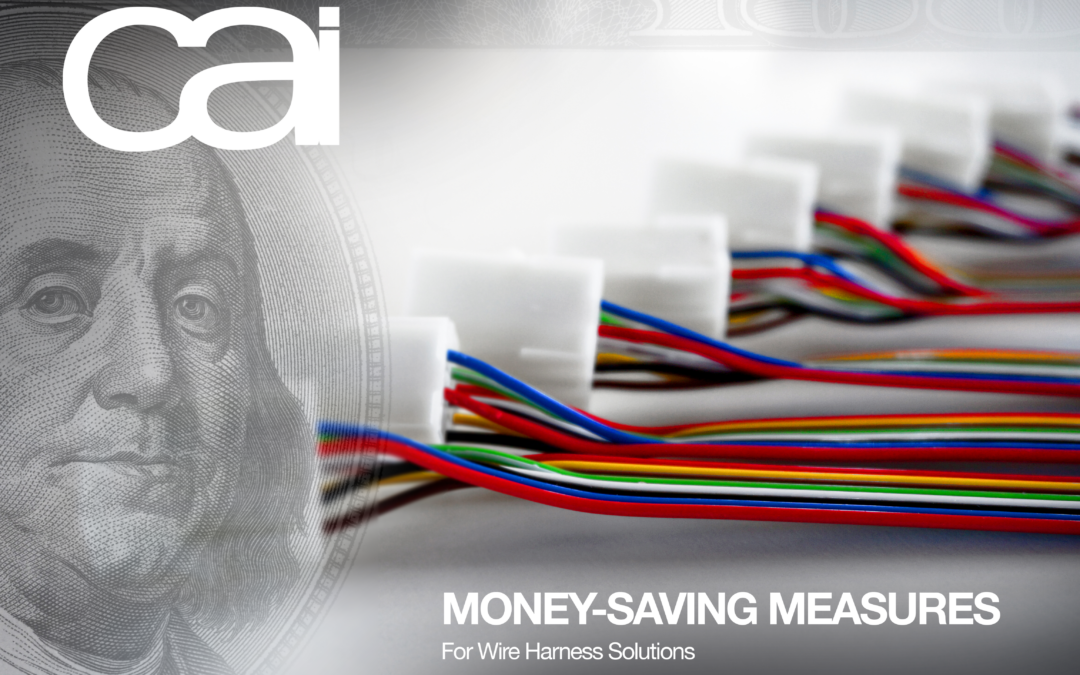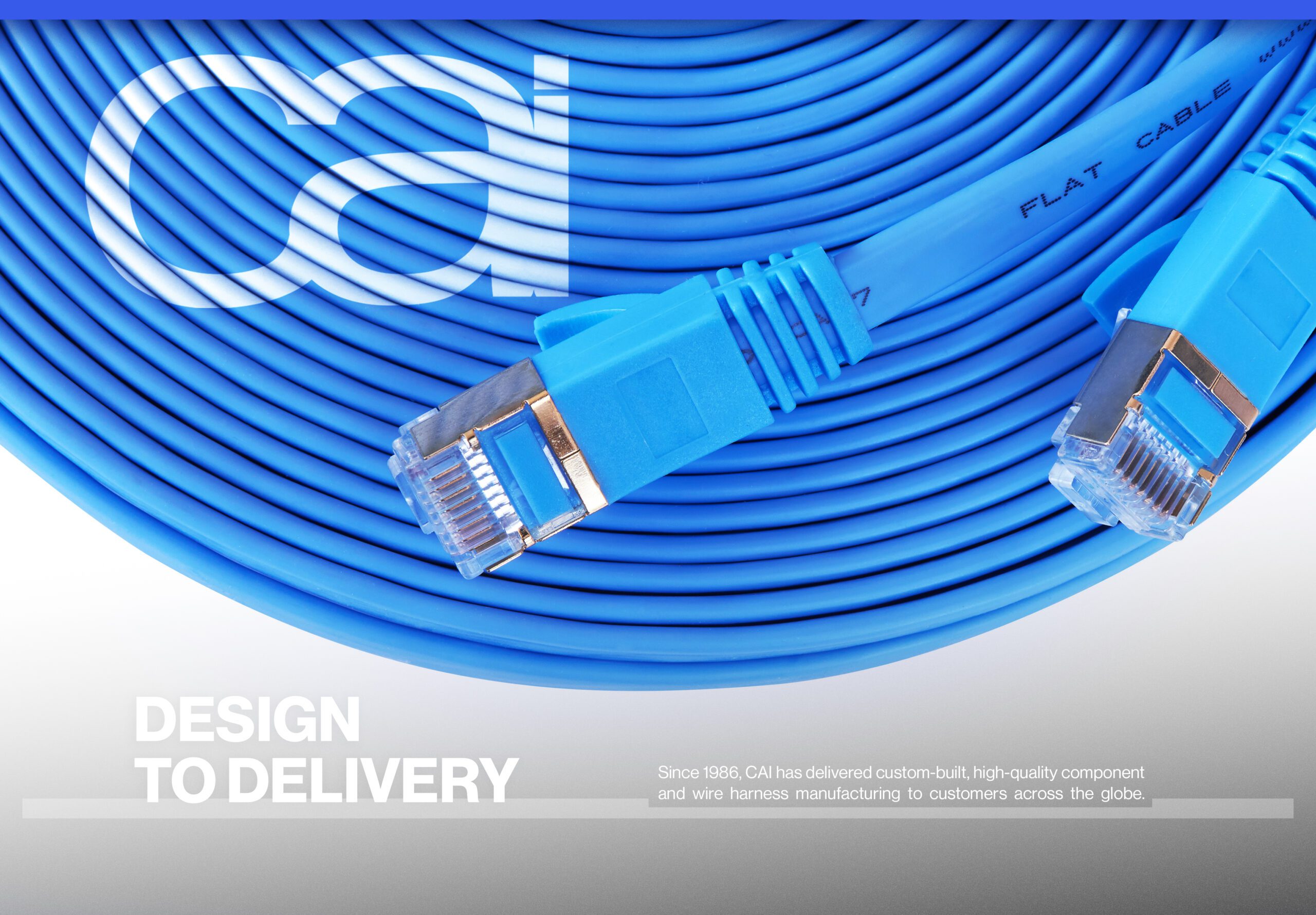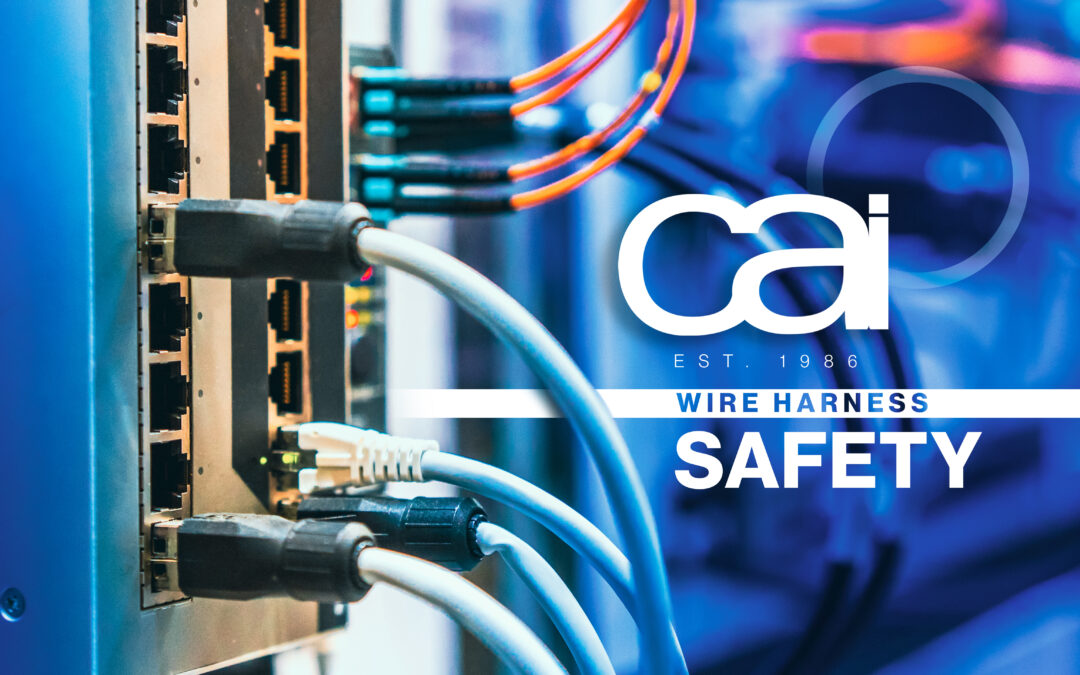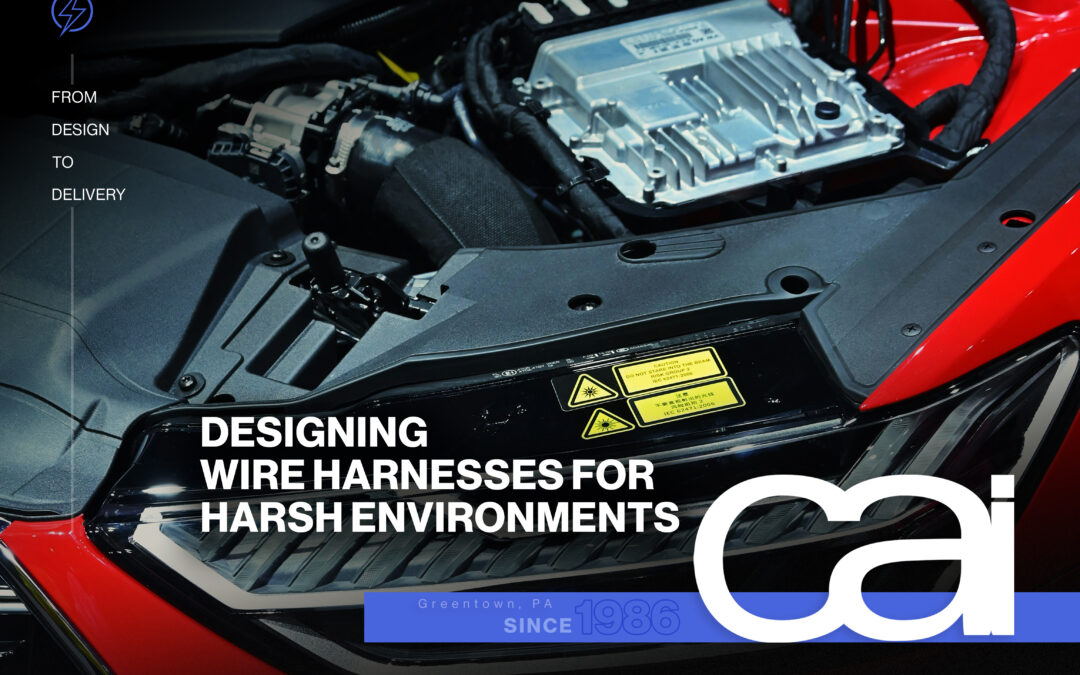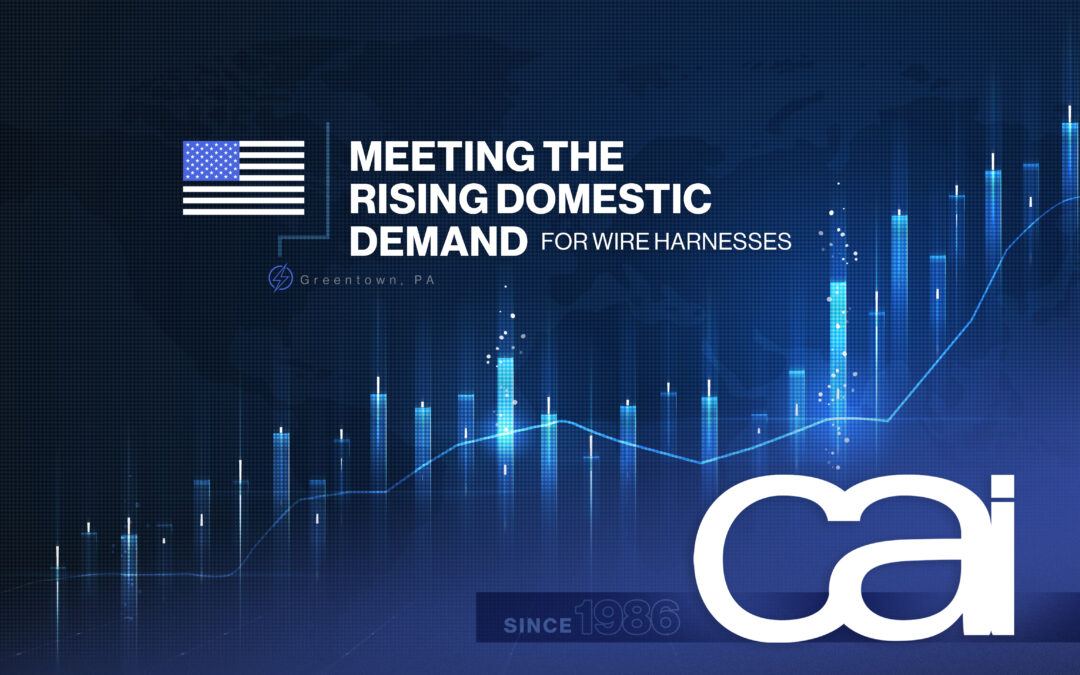To Realize Their Benefits, Wire Harnesses Must Be Be Optimally Sized
Designed to transmit signals and power smoothly within an electrical system, wire harnesses are the organized bundles of wires, cables, and connectors used in a wide variety of electrical devices we use every day. Whether we realize it or not, wire harnesses are all around us, in automobiles, telecommunications equipment, radio transmission devices, satellite systems, home appliances, office machines, consumer electronics, and more.
Unlike cable assemblies which typically create a singular path from one circuit to another, wire harnesses feature several pathways and ends, similar to the body’s central nervous system, with different wires serving different purposes. By securely bundling and routing wires, harnesses also offer organizational, aesthetic, and safety benefits.
As conduits from point A to point B, wire harnesses play a critical role in their larger systems’ overall quality and performance. In order to take advantage of all the benefits a wire harness offers, it must be properly sized to fit each application’s unique requirements and environment.
At CAI, we make sure every wire harness is designed and manufactured to exact specifications, including length, for optimal performance in its intended application. Contact us today to discuss your unique custom wire harness needs.
The Importance of Proper Wire Harness Length
Careful planning and measurement of wire harness length is essential to optimize system performance. Conversely, using an incorrect wire harness length may result in negative consequences that can impact functionality, safety, and reliability. That’s why it’s always important to prioritize proper wire harness length during design and manufacturing. These are just some of the reasons wire harness length matters:
Better Performance & Efficiency
A correctly-sized wire harness ensures that all components are connected properly allowing for smooth transmission of electrical signals. If the wire harness is too long or too short, it can lead to impedance problems, signal degradation/loss, and electromagnetic interference (EMI), resulting in poor signal quality, reduced transmission speeds, and compromised performance.
Space Optimization & Better Aesthetics
Wire harness length affects the organization and routing of wires, which, when done effectively, not only best utilizes the space but also offers a cleaner, more attractive appearance.
Enhanced Durability
Proper wire harness length helps mitigate wire wear and tear. Overly short wire harness length can lead to wires being stretched and strained to the point of breakage or internal damage. An overly long harness can cause tangling and excessive movement which heightens the risk of short circuits and loose connections. Having the right wire harness length enhances system durability and, consequently, the component’s lifespan.
Less Maintenance & Repair Issues
By enhancing durability, a properly-sized harness lessens the amount of maintenance and replacements needed. Furthermore, incorrect wire length can make it difficult to identify and access certain wires for inspection or repair, resulting in increased downtime and effort required for troubleshooting and maintenance. This can mean higher costs for repairs and replacements.
4 Things to Consider When Determining Wire Harness Length
To ensure that a wire harness is tailored to the specific needs and requirements of an electrical system, several factors must be considered, including:
1. Distance Between Components
Arguably the most important factor to consider when it comes to length, proper measurements of the intended space are essential to crafting a harness long enough to efficiently, safely, and properly connect the various components and avoid any functionality issues. It’s also necessary for a neat and organized appearance.
2. Movement Requirements
You must also consider how much flexing and bending the harness will have to withstand in order to operate properly and reliably. A wire harness must be designed with enough length to accommodate any bending and flexing the harness might experience without strain and tension that can compromise its integrity and damage the wires and connectors.
3. Environmental Conditions
Moisture, chemicals, extreme temperatures, and UV radiation are just some of the major environmental threats a wire harness may face, impacting its performance and durability.
These factors play a significant role in determining wire harness length, so each wire harness should be sized to maintain optimal functionality while withstanding the various stressors of its environment.
4. Compliance
When manufacturing electrical components, complying with local and federal safety regulations and standards is essential to ensure proper insulation, grounding, and performance while preventing potential safety hazards and legal issues. A wire harness’s length is a critical part of designing, producing, and installing it in accordance with these regulations and standards.
For over 35 years, the experts at CAI have provided high-quality custom wire harness and cable assembly solutions for businesses across practically every industry. For the precision, collaboration, and cost-effectiveness your project deserves, reach out to us today!
